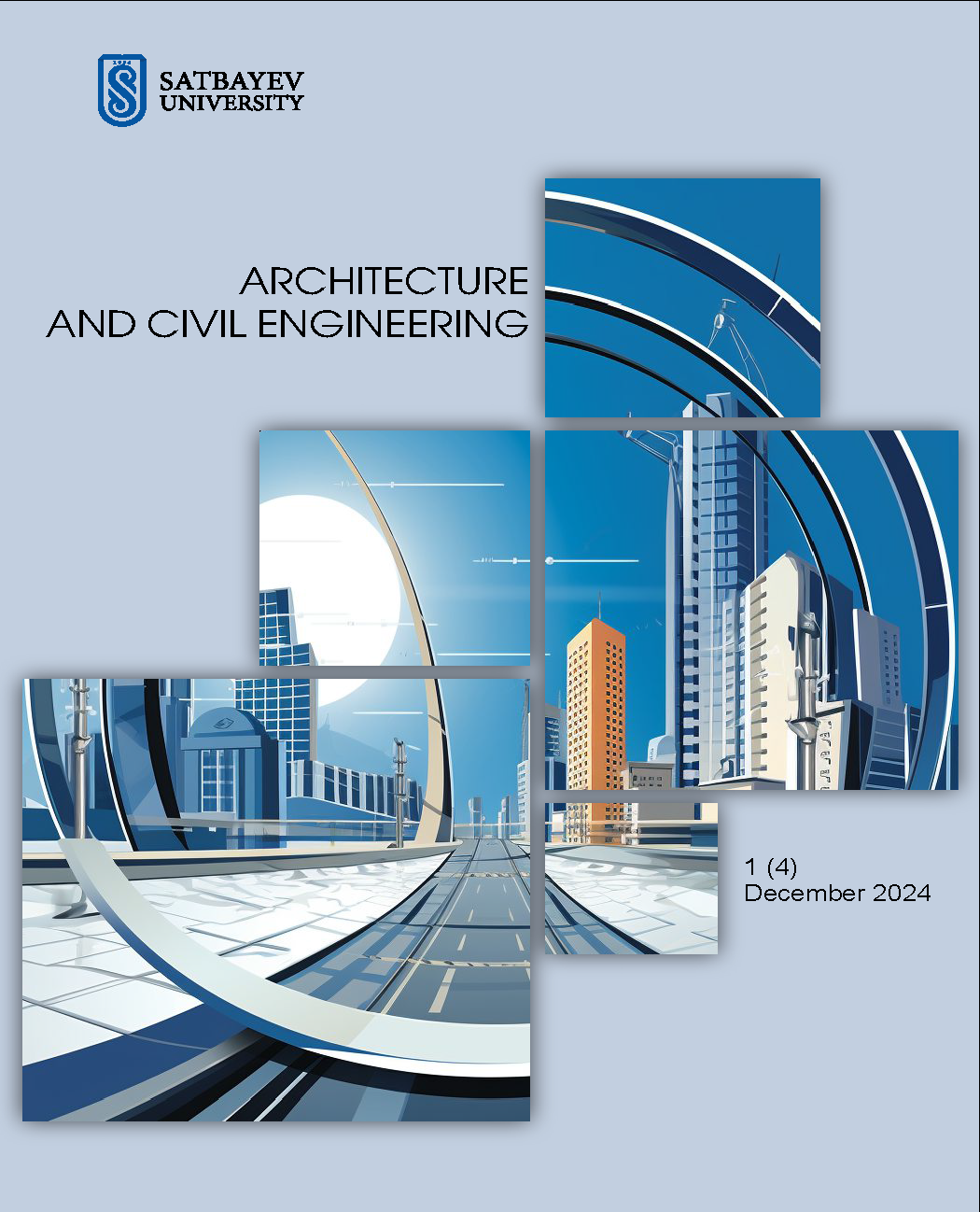Influence of mineral additives on the performance properties of self-compacting concretes in the production of reinforced concrete products
DOI:
https://doi.org/10.51301/ace.2024.i4.06Keywords:
frost resistance, water absorption, heat shrinkable deformations, mineral additives, cement, self-supporting concreteAbstract
From the point of view of solving the problems of implementing resource-saving technologies in the construction industry, the issue of the efficiency of self-supporting concrete mix compositions occupies one of the leading places. The paper considers the impact of introducing common mineral fillers into self-supporting concrete mixes as one of the ways to improve the rheological characteristics, environmental friendliness and economy of this type of concrete from the point of view of practical application. The paper considers 3 types of mineral additives, from the well-studied mcu of microsilicon and mcl of metakaolin to opalo-chalcedony flask, which were not tested in the composition of self-supporting concretes. Test results improved rheological parameters of the concrete mix when replacing part of the cement with mineral dobaka to optimal values for viscosity and system performance, as well as increased frost resistance of concrete Fup to F 300, reduced volumetric water absorption of concrete up to 30%, reduced shrinkage deformations when using mineral mixtures in this type of concrete -0.07-and confirmed the possibility of demotion. For ease of use, the test results are presented in the form of visual graphs and tables.
Downloads
Published
How to Cite
Issue
Section
License
Copyright (c) 2024 Architecture and Civil Engineering

This work is licensed under a Creative Commons Attribution-NonCommercial-NoDerivatives 4.0 International License.
<div class="pkpfooter-son">
<a rel="license" href="http://creativecommons.org/licenses/by-nc/4.0/"><img alt="Creative Commons License" style="border-width:0" src="https://i.creativecommons.org/l/by-nc/4.0/80x15.png"></a><br>This work is licensed under a <a rel="license" href="http://creativecommons.org/licenses/by-nc/4.0/">Creative Commons Attribution-NonCommercial 4.0 International License</a>.
</div>





